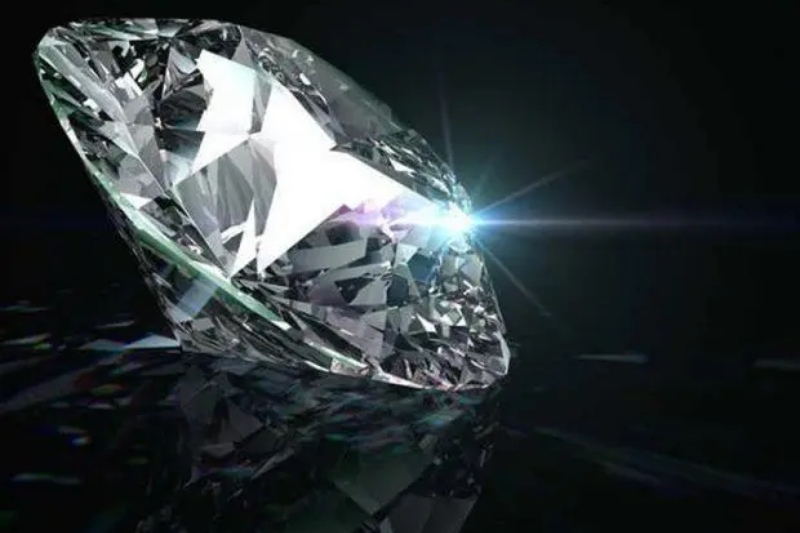Researchers have Compressed Diamonds to Produce a Substance that is Considerably Tougher

Although diamond is one of the hardest materials known to man, researchers believe it has the potential to be crushed into an even harder substance.
The carbon crystals that make up the valuable stone are a naturally occurring material. It exists on Earth; in fact, some study indicates that during a significant geological event, “fountains of diamonds” might erupt.
Because of its tetrahedral lattice, an extraordinarily durable particle structure, it was once believed to be among the hardest materials, but scientists have now found a way to make it even harder.
A simulation developed by US and Swedish physicists is thought to be thirty percent more resilient to compression than diamonds.
Using a supercomputer, the scientists performed quantum-accurate molecular dynamics simulations to evaluate the behavior of diamond at high pressure and temperature, which should potentially cause it to become unstable.
Their findings provided insight into the circumstances in which diamond’s carbon atoms can be compressed to form the peculiar shape.
The two other materials on Earth that have this arrangement are silicon and germanium. It is referred to as the eight-atom body-centered cubic (BC8) phase.
The BC8 phase of carbon is not found naturally on Earth, but it may exist in space, in the intensely compressed environments found inside exoplanets.
“The BC8 structure maintains this perfect tetrahedral nearest-neighbor shape, but without the cleavage planes found in the diamond structure,” said Lawrence Livermore National Laboratory physicist Jon Eggert.
Although the idea is sound, practical attempts to synthesize it have not yet proven successful. This is due to the fact that the temperature and pressure ranges at which the BC8 phase can exist are extremely narrow and are not understood.
Physicist Ivan Olyenik from the University of South Florida, explained: “We predicted that the post-diamond BC8 phase would be experimentally accessible only within a narrow high-pressure, high-temperature region of the carbon phase diagram.”